
Otto Wilhelm Hermann von Abich was a German mineralogist and geologist. Full member of St Petersburg Academy of Sciences.
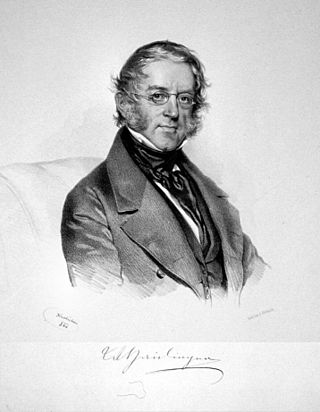
Wilhelm Karl Ritter von Haidinger was an Austrian mineralogist.
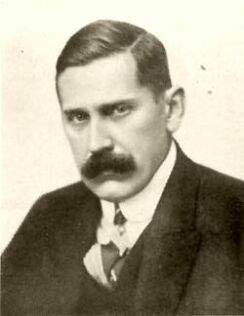
Othenio Lothar Franz Anton Louis Abel was an Austrian paleontologist and evolutionary biologist. Together with Louis Dollo, he was the founder of "paleobiology" and studied the life and environment of fossilized organisms.

Baron Carl von Rokitansky was an Austrian physician, pathologist, humanist philosopher and liberal politician, founder of the Viennese School of Medicine of the 19th century. Founder of science-based diagnostics.
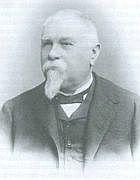
Gustav Karl Laube was a German Bohemian geologist and paleontologist.

Carl Ludwig von Reichenbach was a German chemist, geologist, metallurgist, naturalist, industrialist and philosopher, and a member of the Prussian Academy of Sciences. He is best known for his discoveries of several chemical products of economic importance, extracted from tar, such as eupione, waxy paraffin, pittacal and phenol. He also dedicated himself in his last years to research an unproved field of energy combining electricity, magnetism and heat, emanating from all living things, which he called the Odic force.

Otto Max Johannes Jaekel was a German paleontologist and geologist.
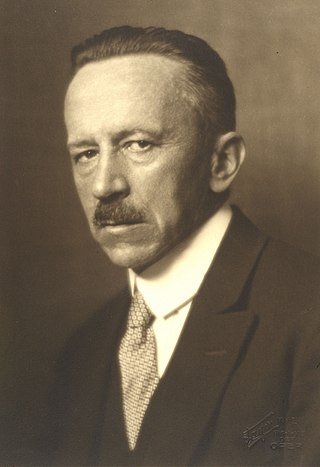
August von Hayek was an Austrian physician and botanist born in Vienna. He was the son of naturalist Gustav von Hayek and the father of economist Friedrich Hayek (1899–1992).
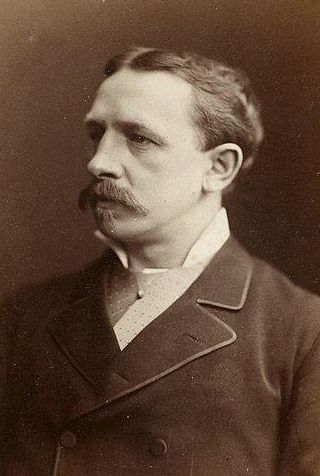
Oskar Lenz was a German-Austrian geologist and mineralogist born in Leipzig.

Heinrich Girard was a German mineralogist and geologist born in Berlin.

Josef Danhauser was an Austrian painter and one of the prominent artists of Biedermeier period, along with Ferdinand Georg Waldmüller, Peter Fendi, and others. Danhauser's works, which went largely unappreciated in his time, dealt with moralising subjects and had a clear influence of William Hogarth.

Eberhard Fraas was a German scientist, geologist and paleontologist. He worked as a curator at the Stuttgarter Naturaliensammlung and discovered the dinosaurs of the Tendaguru formation in then German East Africa. The dinosaur Efraasia is named after him.
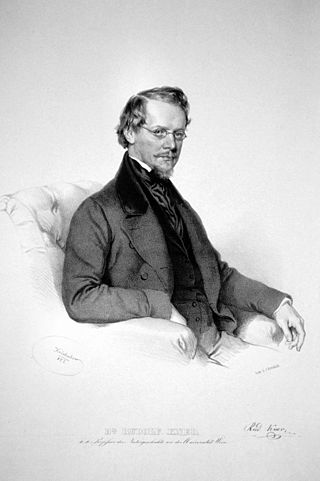
Rudolf Ignaz Kner was an Austrian geologist, paleontologist, zoologist and ichthyologist. He also wrote some poems which were published by his brother-in-law K.A. Kaltenbrunner.
Konrad Oebbeke was a German geologist and mineralogist.
Friedrich Katzer was an Austrian geologist and mineralogist.

Oscar Friedrich von Fraas was a German clergyman, paleontologist and geologist. He was the father of geologist Eberhard Fraas (1862–1915).
Ernst Anton Wülfing was a German mineralogist and petrographer, known for his research on the optical properties of minerals and meteorites.

Theodor Fuchs was an Austrian geologist and paleontologist.
Alexander Makowsky was an Austrian botanist, geologist and paleontologist.

Robert von Sterneck was a member of the Budweis Daublebsky von Sterneck baronial family who served as an Austro-Hungarian general major, geophysicist and astronomer. He studied in Prague and entered the Austro-Hungarian Army in 1859, participating in the Magenta und Solferino campaign that year and in the Austro-Prussian War of 1866. From 1862 to 1880, he served head of the astronomical-geodetic section of the military geographic institute in Vienna, and from 1880 to 1902 as the head of the institute's astronomical observatory. He led numerous geodetic missions in the Balkans during the 1870s.

















